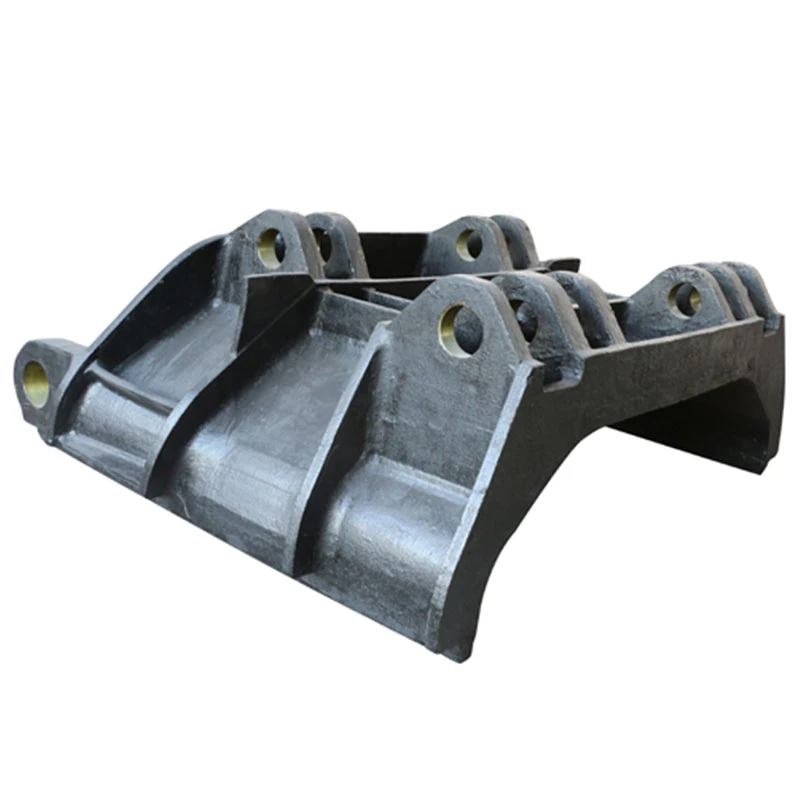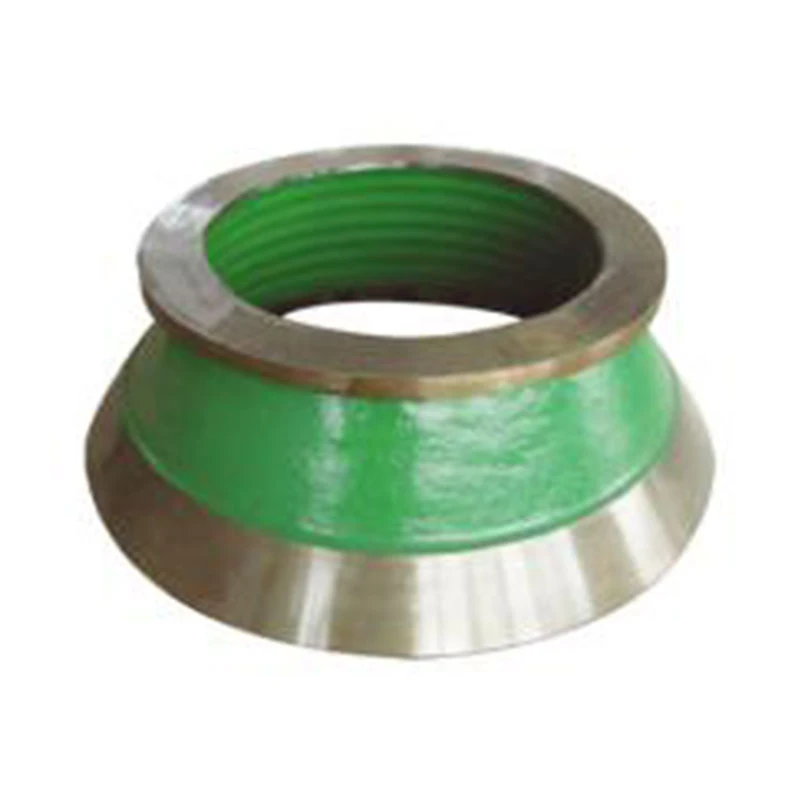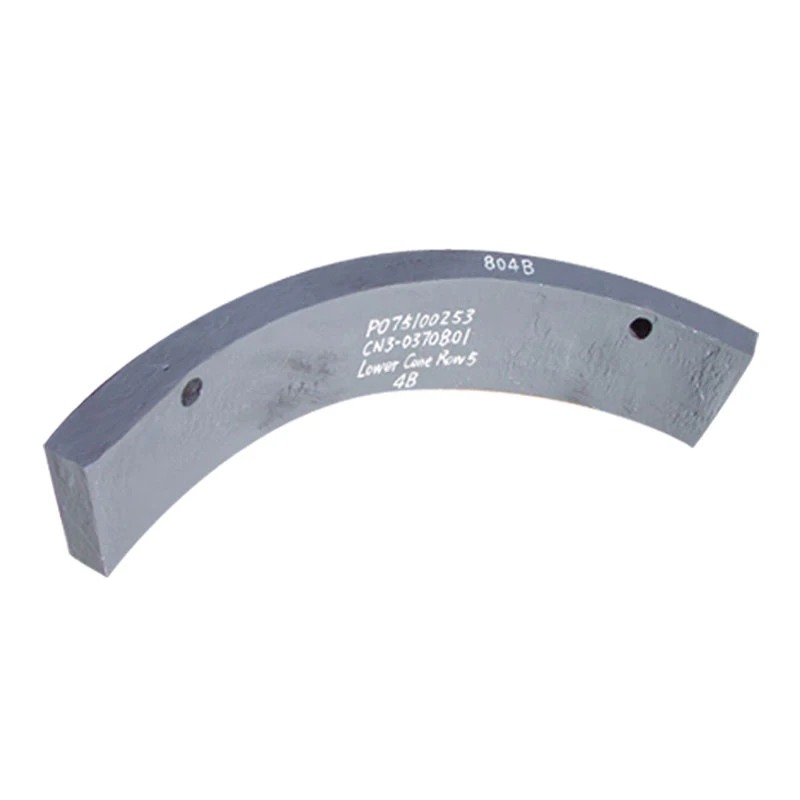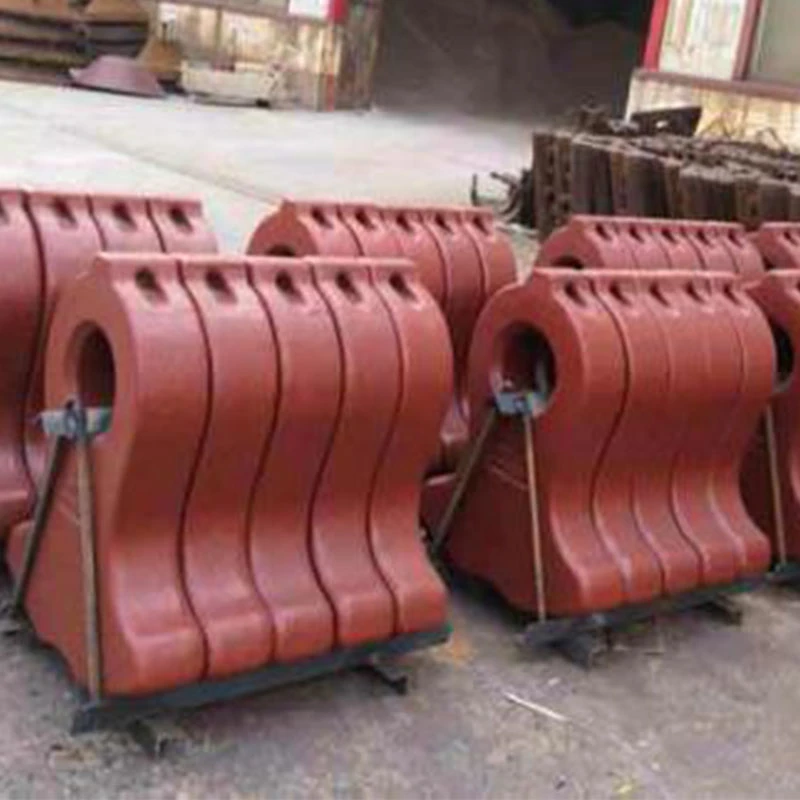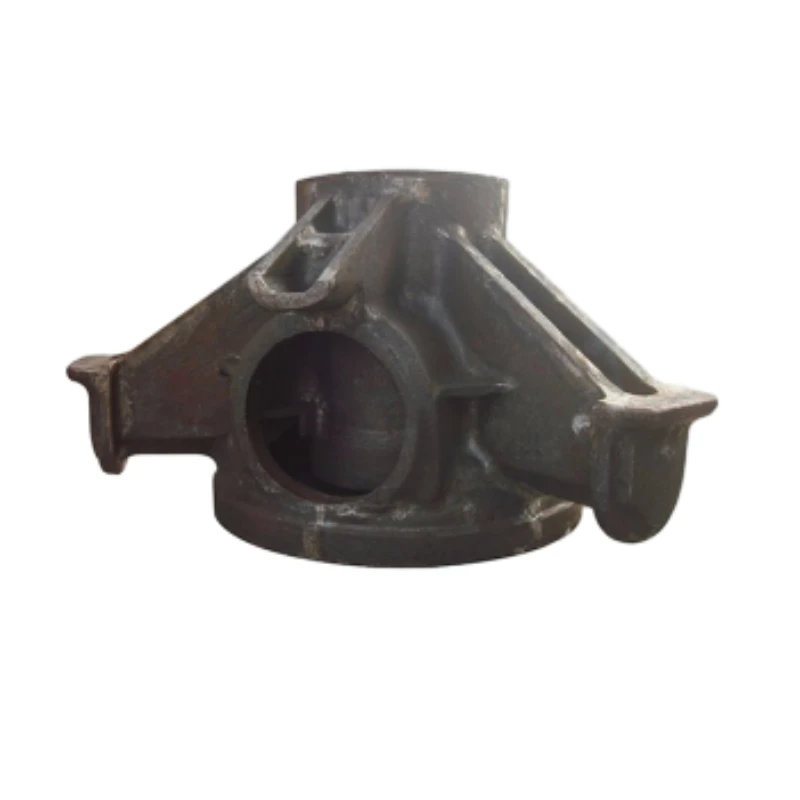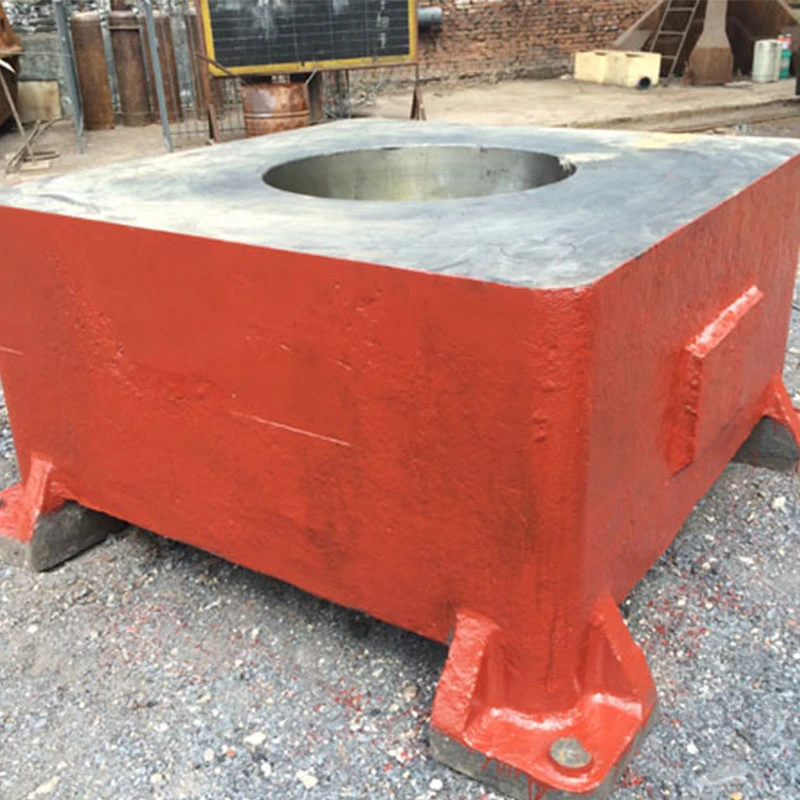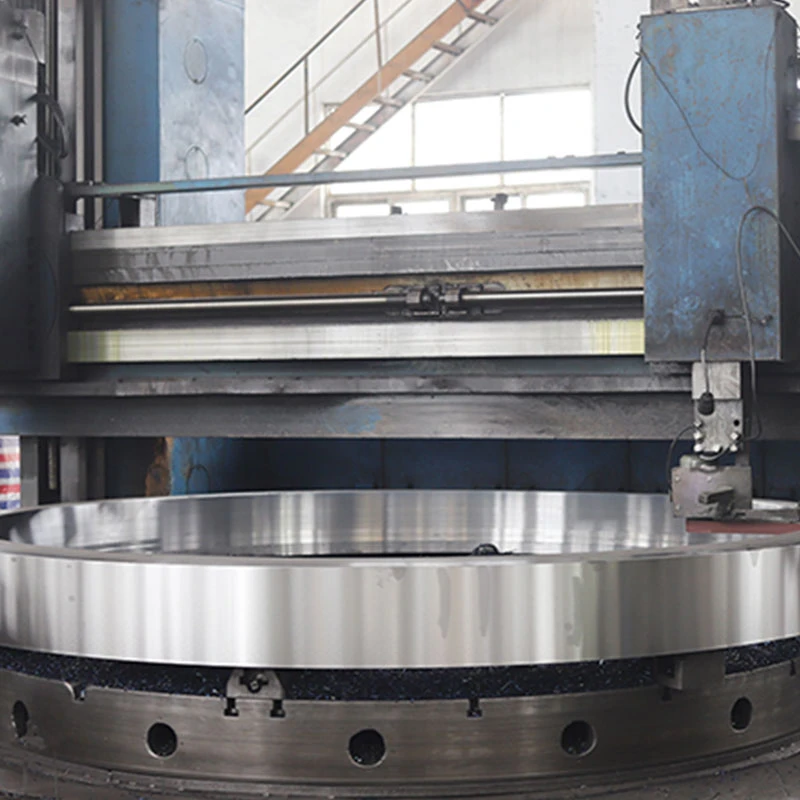- Afrikaans
- Albanian
- Amharic
- Arabic
- Armenian
- Azerbaijani
- Basque
- Bengali
- China
- China (Taiwan)
- Czech
- Danish
- Dutch
- English
- French
- German
- Greek
- Gujarati
- Haitian Creole
- hausa
- Miao
- Hungarian
- igbo
- Indonesian
- Italian
- Japanese
- Javanese
- Rwandese
- Korean
- Kyrgyz
- Lao
- Lithuanian
- Luxembourgish
- Macedonian
- Malgashi
- Malay
- Mongolian
- Myanmar
- Nepali
- Norwegian
- Persian
- Polish
- Portuguese
- Punjabi
- Russian
- Spanish
- Swahili
- Swedish
- Telugu
- Vietnamese
Jun . 02, 2025 20:48 Back to list
DTH Hammer Bits & Drill Bits High-Performance & Durable
- Introduction to DTH Hammer Technology
- Technical Advantages in Modern Drilling Operations
- Key Components: Hammer Bits and Button Bits
- Industry Leaders Comparison
- Customization Capabilities for Specific Needs
- Field Application Success Stories
- Future Outlook for DTH Hammer Systems
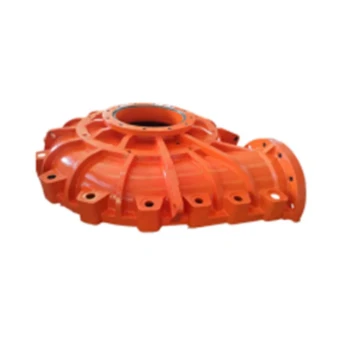
(dth hammer)
Unleashing Drilling Efficiency: The Power of DTH Hammer Technology
Down-the-hole hammer technology revolutionizes drilling operations by delivering direct impact energy to the drill bit. Unlike conventional drilling methods, dth hammer
systems transmit kinetic energy through the hammer itself rather than relying solely on rotary motion. This direct transfer mechanism allows for deeper penetration in hard rock formations while reducing wasted energy. DTH technology maintains consistent performance at depths exceeding 300 meters, with penetration rates improving by 40-60% compared to top-hammer drilling. Modern dth hammer drill bits incorporate advanced metallurgy to withstand extreme abrasion while maintaining dimensional accuracy throughout their operational lifespan. The precision engineering of both pneumatic and hydraulic variants ensures compatibility across diverse geological conditions.
Technical Advantages in Modern Drilling Operations
DTH hammer systems deliver unmatched operational advantages through superior energy transfer efficiency. Standard pneumatic hammers achieve energy transfer rates of 65-75%, while latest-generation hydraulic systems reach 85% efficiency - nearly doubling conventional rotary drilling performance. Key technological advancements include:
• Anti-bounce mechanisms reducing parasitic vibrations by 30%
• Integrated dust suppression systems maintaining bit temperature below critical thresholds
• Shock-absorbing chrome carbide linings extending component life by 150%
• Precision-valved airflow systems optimizing air consumption at variable depths
These innovations directly translate to reduced operational downtime with component replacement intervals increasing to 2,500 drilling hours. Combined with precision-engineered dth hammer button bits, systems achieve optimal rock fragmentation while minimizing deviation - critical for vertical drilling applications requiring ±1° accuracy. The robust design withstands extreme downhole pressures exceeding 40 bar while maintaining consistent percussion frequency.
Critical Components: Bits and Button Bits
Optimal DTH system performance depends on the synergistic relationship between the hammer body and its cutting components. DTH hammer drill bits constitute the frontline contact point, engineered with specialized carbides graded between YG11C to YG15C for hardness/toughness balance. Button bit configurations vary significantly:
• Convex patterns: Ideal for medium-hard formations with chip sizes averaging 15-30mm
• Concave profiles: Optimized for abrasive environments with wear rates decreased by 40%
• Hybrid layouts: Combining conical and ballistic buttons for fractured geology penetration
• Reinforced gauge protection: Extending service life through additional carbide inserts
Quality dth hammer button bits maintain dimensional stability through advanced heat-treating protocols with Rockwell hardness ratings consistently above 44 HRC. Surface hardening processes like boriding increase surface hardness to 2000 HV while maintaining core toughness critical for shock absorption. Advanced metallographic analysis ensures homogenous carbide distribution, eliminating fracture initiation points.
| Feature | Standard Bits | Premium Bits | Hard Rock Variants |
|---|---|---|---|
| Carbide Grade | YG8 (89 HRA) | YG11C (91 HRA) | YG15C (93 HRA) |
| Typical Lifespan (meters) | 1,200-1,500 | 2,500-3,200 | 4,000-5,000 |
| Button Configuration | 8-12 buttons | 10-16 buttons | Specialized Patterns |
| Optimal RPM Range | 30-45 rpm | 40-60 rpm | 20-35 rpm |
Market Leaders Comparison
The global DTH equipment market features specialized manufacturers with distinct technological approaches. Based on comprehensive field performance data collected across mining operations spanning 2019-2024:
| Manufacturer | Hammer Type | Impact Energy (J) | Frequency (bpm) | Weight (kg) | Bit Compatibility |
|---|---|---|---|---|---|
| Atlas Copco | Pneumatic/Hydraulic | 340-2,150 | 600-1,500 | 45-380 | All standard sizes |
| Sandvik | Hydraulic Dominant | 380-2,400 | 800-1,800 | 62-420 | Specialized profiles |
| Mincon | Pneumatic Focus | 280-1,800 | 500-1,200 | 38-320 | Universal design |
| Boart Longyear | Hybrid Systems | 310-2,000 | 650-1,600 | 50-360 | Proprietary adapters |
Performance analysis reveals hydraulic DTH hammer systems deliver 22-28% higher penetration rates in granite formations compared to pneumatic counterparts, while premium-grade dth hammer bit configurations improve footage-per-hour by 16% across all manufacturers.
Customization Capabilities for Specific Needs
Modern dth hammer manufacturers provide comprehensive customization protocols addressing unique geological challenges:
• Geology-Specific Profiles: Bit designs optimized for igneous vs. metamorphic formations, with modified heel angles and flushing port geometries
• Extreme Condition Packages: Cryogenically treated components maintaining tolerances at 350°C ambient temperatures
• Precision Alignment Systems: Deviation control packages reducing wandering by 75% in inclined applications
• Depth-Optimized Configurations: Valving adjustments stabilizing percussion energy delivery beyond 500m depth
• Material Specification: Alternative carbide matrix formulations with vanadium additives for quartz-rich environments
Prototyping procedures include 3D computational fluid dynamics modeling of flushing channels and finite element analysis of stress distribution across button arrays. Field validation occurs through monitored test drilling with calibrated measurement-while-drilling instrumentation, verifying performance before full production.
Field Application Success Stories
Recent installations demonstrate dth hammer drill bits delivering quantifiable operational improvements:
Canadian Shield Gold Project (2023): Sandvik T51 hammer configuration achieved uninterrupted 3,200 drilling hours using optimized dth hammer button bits - 46% longer than project specifications. Penetration rates averaged 23 m/hr in quartzite, exceeding projections by 28%. The 18-month operation reduced total bit replacement costs by $380,000 compared to alternative systems.
Chilean Copper Expansion (2022): Atlas Copco RD20 hammer series completed 4.2 kilometers of 10.5" production drilling with just four hammer replacements. Customized bit profiles incorporating secondary flushing ports decreased dust generation by 65% while maintaining optimal cuttings removal.
Australian Iron Ore Site (2023): Mincon M68 hydraulic system with specialized concave button bits sustained drilling costs below $1.80 per meter through 52 days of continuous operation in banded iron formations. The configuration demonstrated 73% lower carbide consumption than previous operations, validating engineered bit geometry advantages.
Advancing Drilling Capabilities with Next-Gen DTH Hammer Technology
Continuous innovation drives dth hammer performance benchmarks higher with each generation. Emerging developments include hybrid hammer designs combining percussion with supplementary rotary torque, reducing non-productive time during tool changes by 40%. Material science breakthroughs in carbide manufacturing now produce gradient alloys with hardness exceeding 94 HRA at the cutting surface while maintaining fracture toughness at the substrate level. The newest dth hammer drill bits incorporate proprietary carbide formulations featuring 18-24% cobalt binders for optimal thermal shock resistance.
Smart technology integration represents the frontier of DTH system advancement. Seismic monitoring collars now detect formation changes 3 meters ahead of the bit, allowing automatic percussion parameter adjustments. Data-logging DTH hammer bit adapters transmit real-time performance metrics including temperature gradients and vibration signatures, enabling predictive maintenance algorithms that reduce component replacements by 35%. As drilling operations increasingly target deeper deposits and more complex geology, these technological leaps in DTH hammer reliability and precision will prove essential.
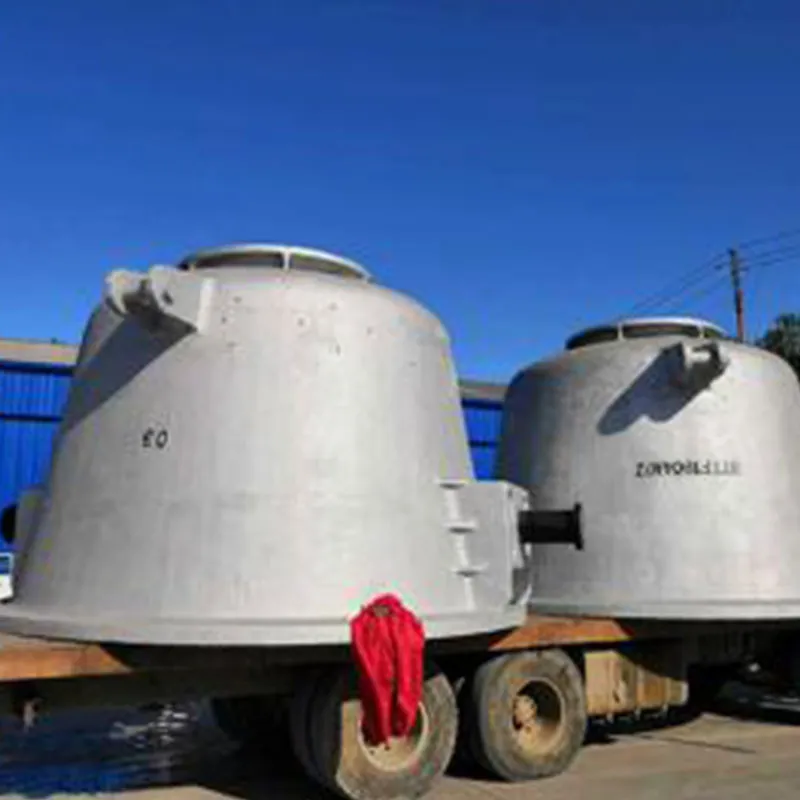
(dth hammer)
FAQS on dth hammer
Q: What is the primary function of a DTH hammer?
A: A DTH hammer is designed for high-impact drilling in hard rock formations. It uses compressed air to drive a piston that strikes the drill bit, enabling efficient penetration in mining and construction.
Q: How do DTH hammer bits differ from standard drill bits?
A: DTH hammer bits are specifically engineered to withstand extreme downward percussion from the hammer. They feature a hollow design for air circulation, unlike standard bits that rely on rotational force alone.
Q: What are the advantages of DTH hammer button bits?
A: DTH hammer button bits use tungsten carbide buttons for enhanced durability and rock-crushing efficiency. Their spherical button design reduces wear and ensures consistent performance in abrasive environments.
Q: When should I use DTH hammer drill bits?
A: Use DTH hammer drill bits for deep-hole drilling in hard rock applications like quarrying or water wells. Their design optimizes energy transfer from the hammer to the rock, improving speed and precision.
Q: How to maintain DTH hammer components for longevity?
A: Regularly clean air passages to prevent clogging and inspect bits for button damage. Lubricate the hammer's moving parts and replace worn seals to maintain optimal pressure and performance.
-
Low-Cost Borehole Drilling Machine for Small-Scale Projects
NewsJul.11,2025
-
Carbide Bullet Teeth for Abrasive Formations: Powering Industrial Drilling Efficiency
NewsJul.11,2025
-
Advantages of Down-the-Hole Drill Bits in Geothermal Projects
NewsJul.11,2025
-
Hole Hammer Use in Water Well Drilling
NewsJul.11,2025
-
Benefits of a Mobile Diesel Compressor in Construction
NewsJul.11,2025
-
Benefits of Diesel Portable Screw Air Compressors
NewsJul.11,2025




